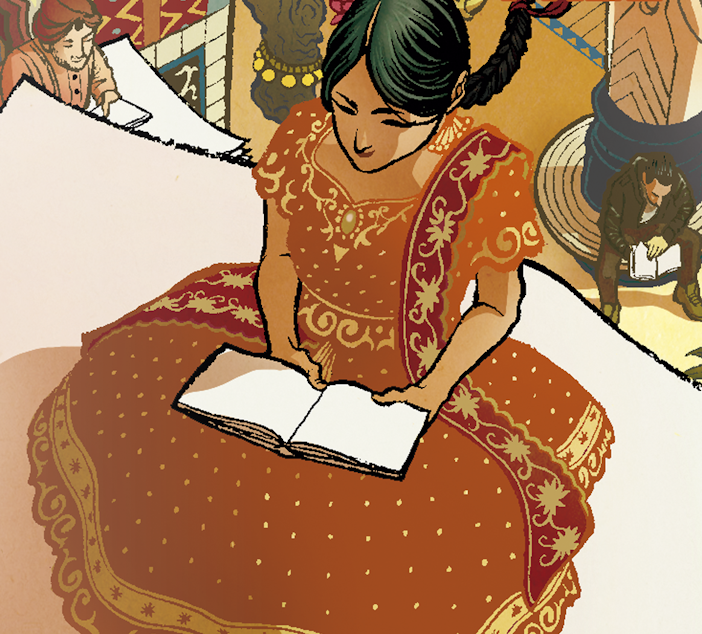New audiences, less money. How local arts organizations are doing now

Federal programs that supported the arts during the pandemic have dwindled. The 2020 surge of financial support for Black, Indigenous and People of Color-led organizations amid racial justice protests has faded.
Still, some groups say they've learned lessons about how to connect with new audiences that will continue to pay off after Covid.
"We are not at the tail-end of a pandemic, we are at the beginning of a structural transformation."
That's the key finding of a new study by the nonprofit ArtsFund, which surveyed local arts organizations about their financial health.
Michael Greer is ArtsFund's president. He said online events that arts groups did during the pandemic convinced people that "arts and culture is not a nice-to-have — it's a must-have."
His group's study showed that 41% of arts organizations laid people off during the pandemic. Government funding helped keep these slimmed down organizations afloat while they expiremented with online, and eventually, hybrid events.
At the Seattle Art Museum, a series of lectures on Asian art went online and found a new audience abroad.
Sponsored
"It was incredible how many people we had from China participating, which was very, very exciting," said the museum's CEO Amada Cruz. "So that’s why I think the hybrid model at the very least for these events is not going to go away. It’s very, very hard to give that up.”
They also connected with another audience: people with disabilities that prevented them from attending museum events before the pandemic.
Michael Greer said one group was hit especially hard: Black, Indigenous and People of Color-identifying institutions.
He said back in 2020, things looked good, thanks in part to a surge of financial support from the federal government. But then, the Paycheck Protection Program and the Shuttered Venues program dried up.
“A lot of that support was point-in-time or even backwards looking," Greer said. "And very few of those programs, if any, were forward looking, to say, 'What are going to be the needs of the sector for the next two, three, five years?”
Sponsored
Greer said funding for local Black, Indigenous and People of Color arts organizations dropped by 50% in 2021, wiping out the gains of 2020. That funding is expected to keep decreasing in 2022, he said.
At least one of those local organization could come out of the pandemic stronger, though.
In 2020, South Asian film festivals across the U.S. were planning to cancel their events. But a Seattle organization called Tasveer convinced them to team up and put together one big South Asian film festival online.
It was a huge success drawing 45,000 participants in 2020. But it fundamentally changed who Tasveer served.
“The audience shifted,” said Rita Meher, executive director of Tasveer.
Sponsored
For 20 years, they’d cultivated a local audience. Suddenly, their audience was international. They started programming events at 5 p.m. Seattle time so people all over the world could tune in together.
“Because then East Coast could join, people in India were waking up, people in London... it's kind of late, but they can join if they want to. We were catering to all these different time zones," Meher said.
Now Meher wants Tasveer to reconnect with its Seattle audience. But she’s not throwing away the lessons from her group’s online success. Next month, they launch Tasveer TV, to show their films online, on demand. Meher said they’re hoping to help fund new films, too and help get them on platforms like Netflix and Amazon.




